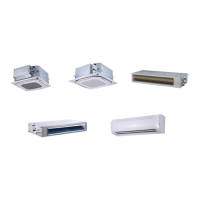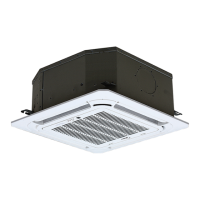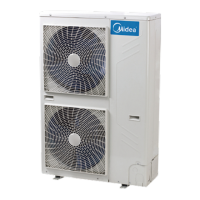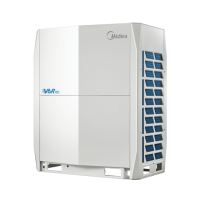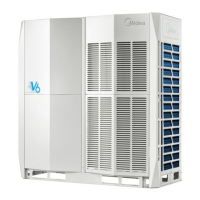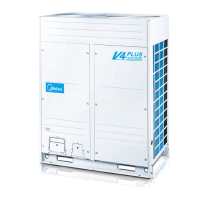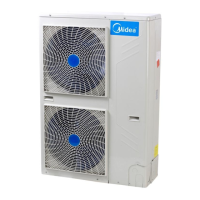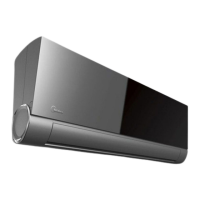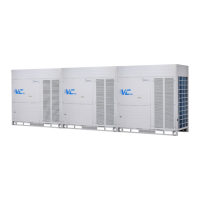V8 Mini R410A VRF 50Hz
86
Midea V8 Mini Series Engineering Data Book
6 Insulation
6.1 Refrigerant Piping Insulation
6.1.1 Purpose
During operation, the temperature of the refrigerant piping varies. Insulation is required to ensure unit performance and
compressor lifespan. During cooling, the gas pipe temperature can be very low. Insulation prevents condensation forming
on the piping. During heating, the gas pipe temperature can rise to as high as 100°C. Insulation serves as necessary
protection from burns.
6.1.2 Selecting insulation materials
Refrigerant piping insulation should be closed-cell foam of B1 fire resistance rating that can withstand a constant
temperature of over 120°C and that complies with all applicable legislation.
6.1.3 Thickness of insulation
Minimum thicknesses for refrigerant piping insulation are specified in Table 3-6.1. In hot, humid environments, the thickness
of insulation should be increased over and above the specifications in Table 3-6.1.
Table 3-6.1: Refrigerant piping insulation thickness
Minimum insulation thickness (mm)
6.1.4 Installation of piping insulation
With the exception of joint insulation, insulation should be applied to piping before fixing the piping in place. Insulation at
joints in refrigerant piping should be applied after the gastightness test has been completed.
Installation of insulation should be carried out in a manner suited to the type of insulation material being used.
Ensure there are no gaps at the joints between sections of insulation.
Do not apply tape too tightly as doing so may shrink insulation, reducing its insulating properties leading to
condensation and loss of efficiency.
Insulate gas and liquid pipes separately, otherwise heat exchange between the two sides will greatly impact
efficiency.
Do not bind the separately insulated gas and liquid pipes together too tightly as doing so can damage the joints
between sections of insulation.
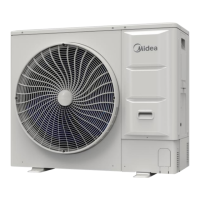
